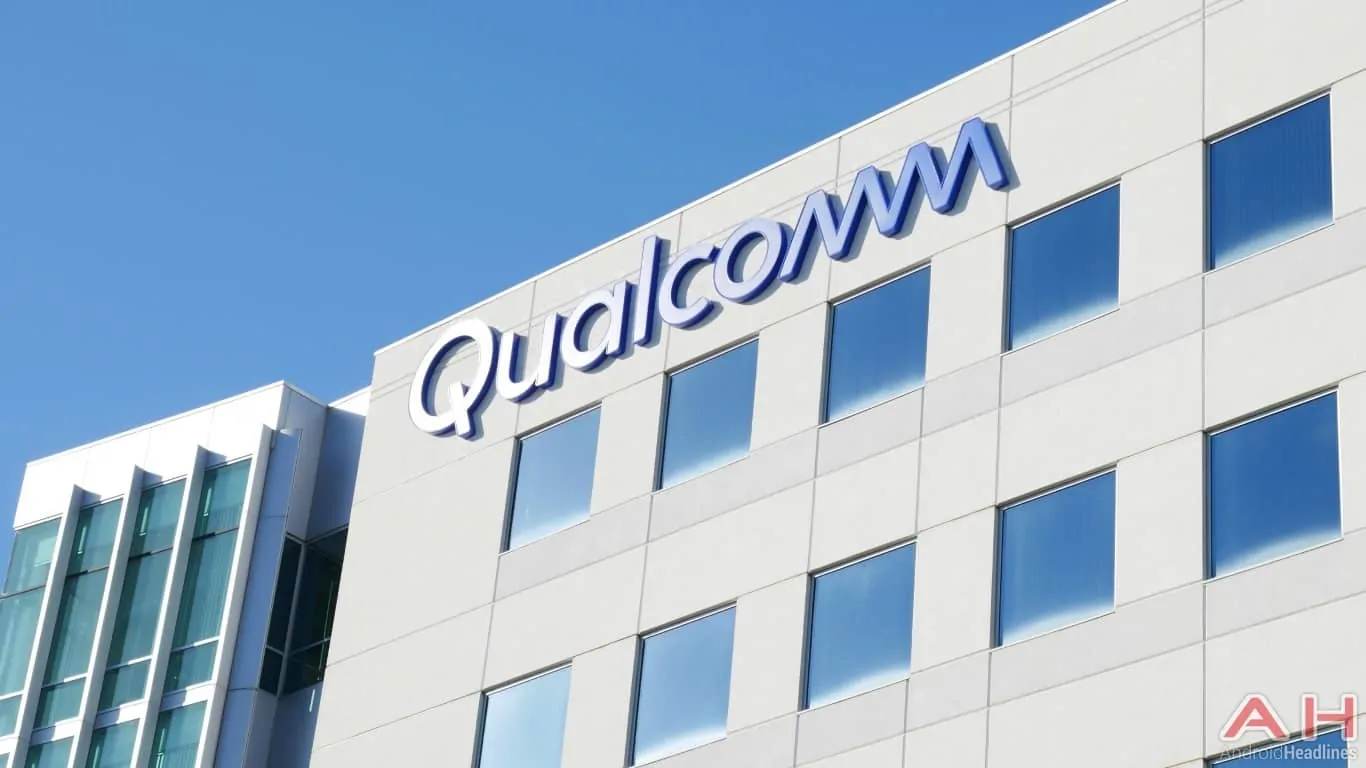Qualcomm has been running a pair of simulations to show roughly what the real-world performance of future 5G networks will be, and the company is now prepared to share some of its findings. The tech giant has been running simulations in two different areas and has universally found that non-standalone 5G networks, the first type that most carriers will be deploying, will offer significant real-world improvements over current 4G LTE networks. One simulation has been running in Frankfurt, Germany, while the other has been running in San Francisco, California. Testing real-world use cases, Qualcomm found that the boost in speed, density, and capacity enabled by 5G networks will be able to increase downlink and uplink speeds drastically, and cut network latency, also known as ping, to close to nothing.
The San Francisco trial used 800MHz of mmWave spectrum for 5G and tied into existing 4G LTE networks. This network was able to provide download speeds around an average of 1.4Gbps per user, along with network ping on the order of about 4.9 milliseconds. File download speeds, meanwhile, exceeded 180 megabits per second in most use cases. This workload can be more intensive and slower than browsing due to the large amounts of data coming from the source, meaning that users can only download as fast as the source server can upload. Video streaming capacity shot up to 8K resolution, 120 frames per second, and 10-bit color depth. The trial in Frankfurt used vastly less spectrum, with only 100MHz used directly for 5G. There was, however, an underlying 5G network that used license-assisted access at a remote location. The rest of the network backhaul used for the trial was provided by local 4G LTE networks. Even then, browsing speeds soared to almost 500Mbps. Other speeds and metrics were close to equivalent to the San Francisco test, despite using less dedicated spectrum for 5G.
This test was conducted using existing 5G NR base stations, which means that the speed and reliability seen in these trials could potentially go live for all users in the very near future. In each trial, about 14,000 various network devices such as smartphones and tablets, were scattered around the coverage area. The trial equipment used Massive MIMO technology, along with beamforming.

